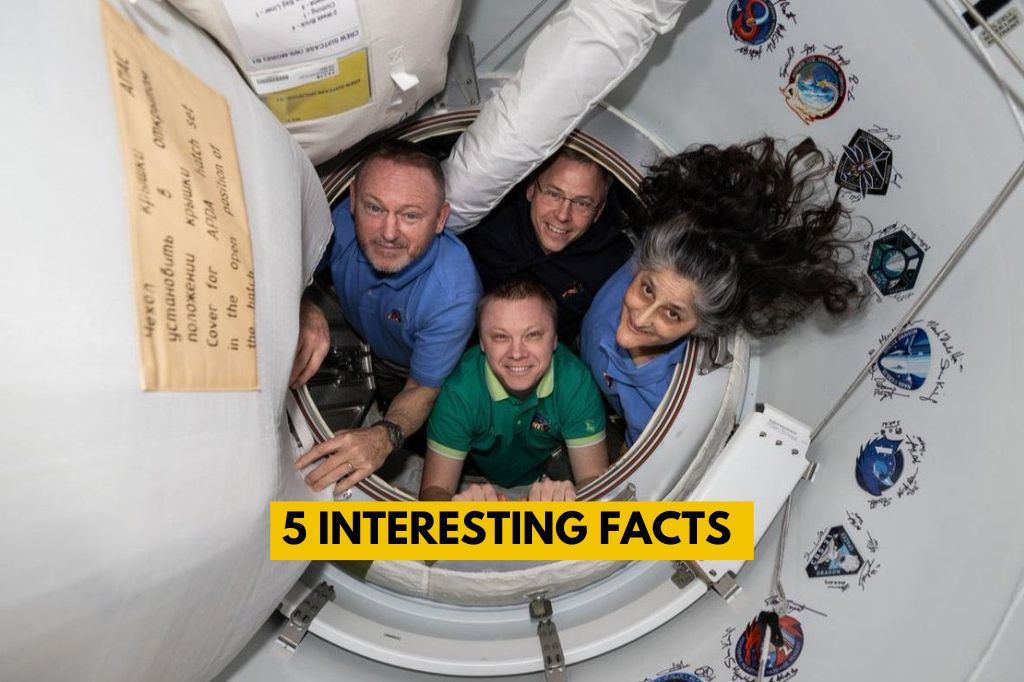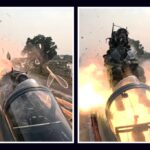NASA astronauts Sunita Williams and Butch Wilmore are expected to return to earth soon. The entire world has been praying for their safe return. The astronaut duo were stranded on the International Space Station for nine months after the Starliner they went in developed technical faults and had to return to earth without them.
Here are some fascinating facts about Sunita Williams and Butch Wilmore:
- A mission that lasted longer than expected: NASA astronauts Sunita Williams and Butch Wilmore are preparing to return to Earth after an unanticipated nine-month mission aboard the International Space Station (ISS). Their original assignment was intended to be an eight-day test flight using Boeing’s Starliner spacecraft. However, technical difficulties arose, including helium leaks and thruster malfunctions, which rendered the spacecraft unsafe for a prompt return. Consequently, the astronauts remained on the ISS, awaiting a secure method to return home.
- Contributing to science and research: Despite their mission being prolonged beyond the initial timeline, Williams and Wilmore maximized their time effectively. They dedicated over 900 hours to research and development, carrying out more than 150 scientific experiments. Among their notable contributions was the investigation of microgravity’s impact on biological systems and the evaluation of new technologies for extended space travel. A highlight of their work involved the European Enhanced Exploration Exercise Device (E4D), which integrates cycling, rowing, and resistance training to support astronauts’ health in space. Their findings on muscle and bone deterioration will be vital for upcoming deep-space missions.
- Growing plants and studying microbes in space: In their research, the astronauts cultivated red romaine lettuce on the International Space Station (ISS). This experiment was designed to investigate how plants respond to suboptimal conditions in space. Gaining insights from this study will assist scientists in creating improved techniques for producing fresh food for astronauts on extended missions to the Moon and Mars. Furthermore, they also examined microbes in the space environment, aiming to comprehend how these microorganisms function in microgravity and to identify strategies to prevent their transmission to other planets.
- Keeping spirits high and engaging with the public: Both astronauts remained optimistic despite the unforeseen delay during their extended mission. They actively engaged with the public through live events, sharing their experiences and motivating future generations of space explorers. Williams humorously remarked that her dogs might have difficulty recognizing her after such a lengthy time away!
- The long-awaited return to Earth: NASA’s Crew-10 mission, featuring astronauts from NASA, JAXA (Japan Aerospace Exploration Agency), and Roscosmos, has successfully docked with the International Space Station (ISS) to facilitate a seamless crew exchange. This docking represents the final phase before astronauts Williams and Wilmore make their return to Earth. Originally scheduled to conclude in June 2024, the mission’s end date has been extended to March 18, 2025. The SpaceX Crew-9 Dragon spacecraft is set to transport them back, with a splashdown anticipated off the coast of Florida at around 5:57 p.m. Eastern Time (ET) on March 18, which corresponds to 3:27 a.m. India Standard Time (IST) on March 19. The global audience will be eagerly watching as these astronauts complete one of the most remarkable space missions in history and return safely to Earth.







